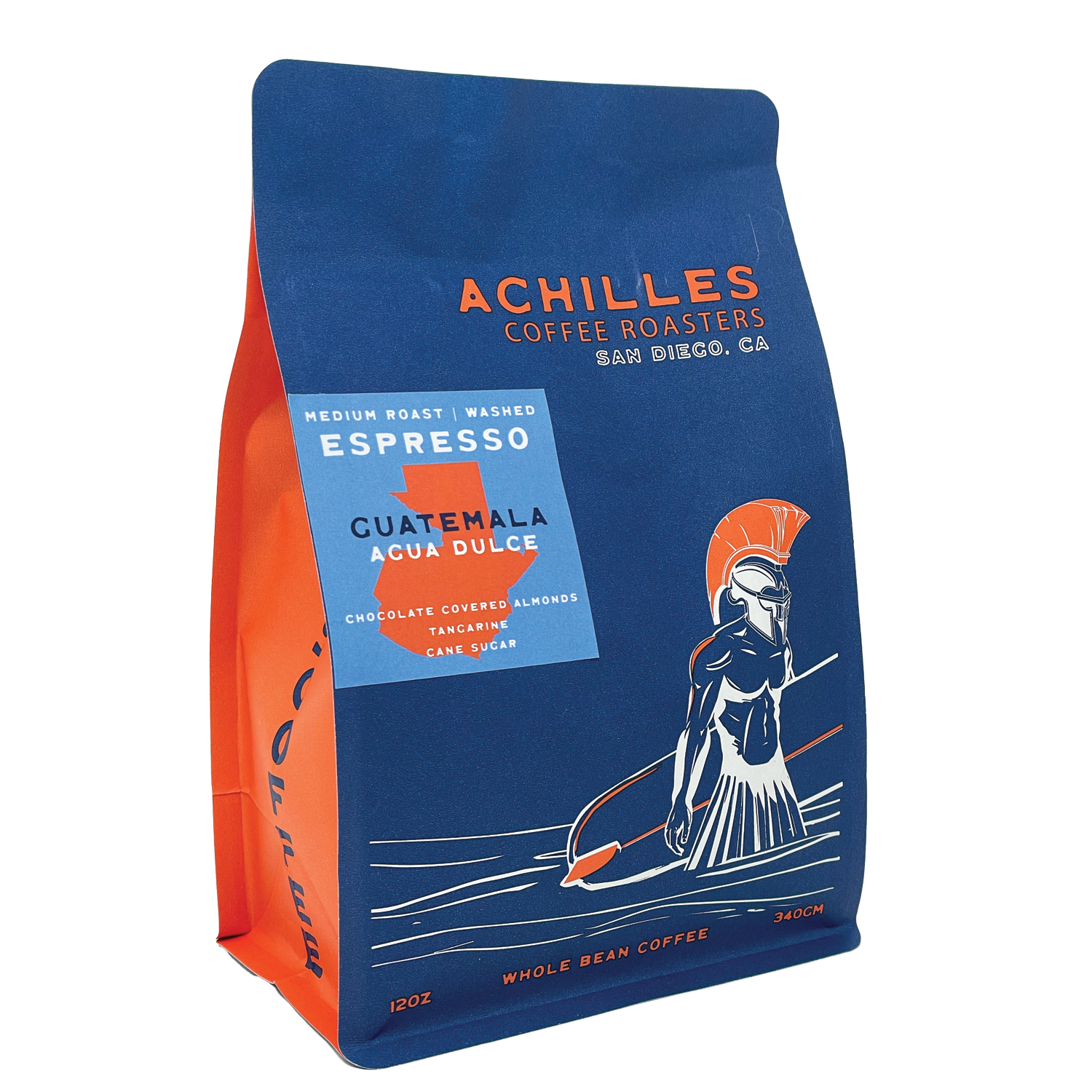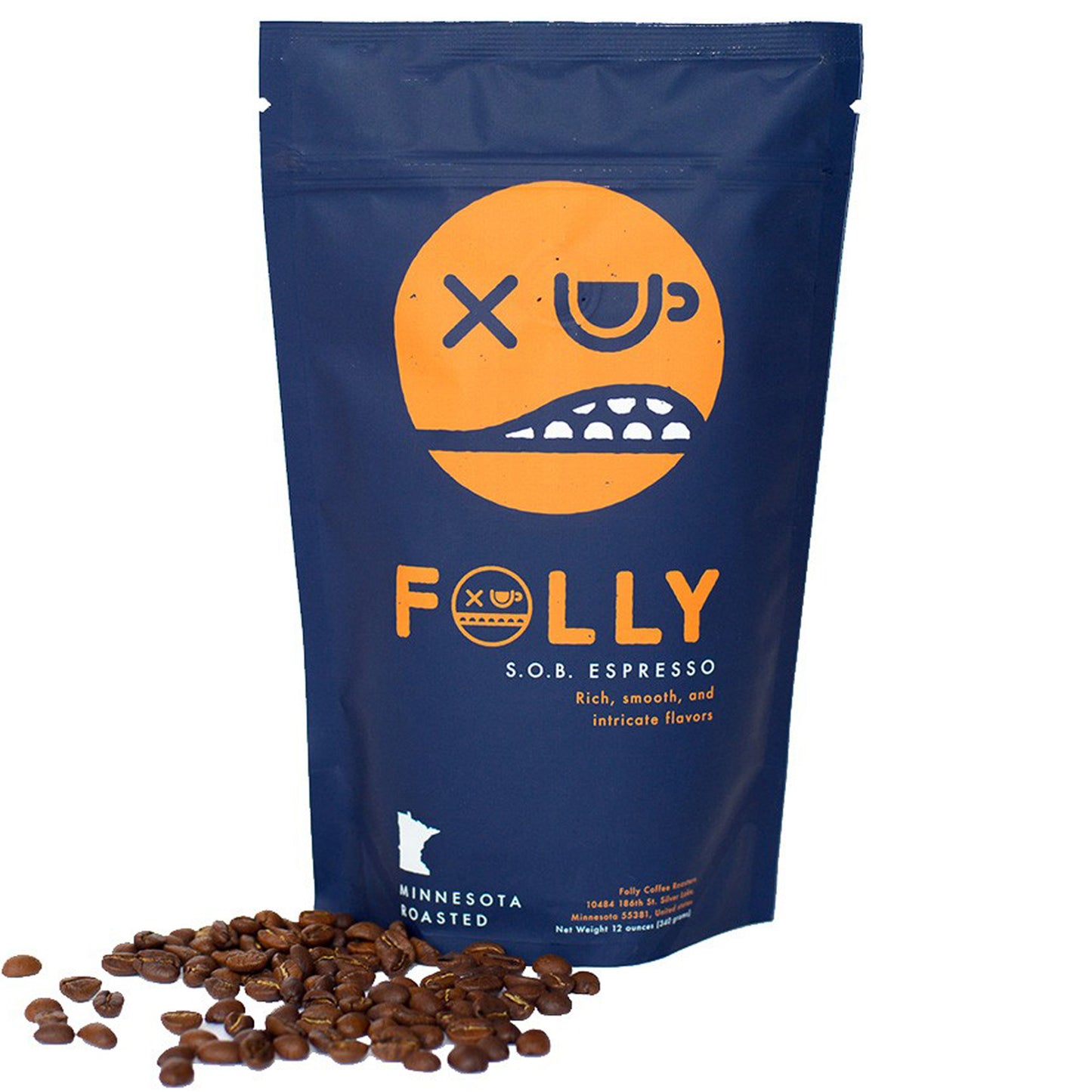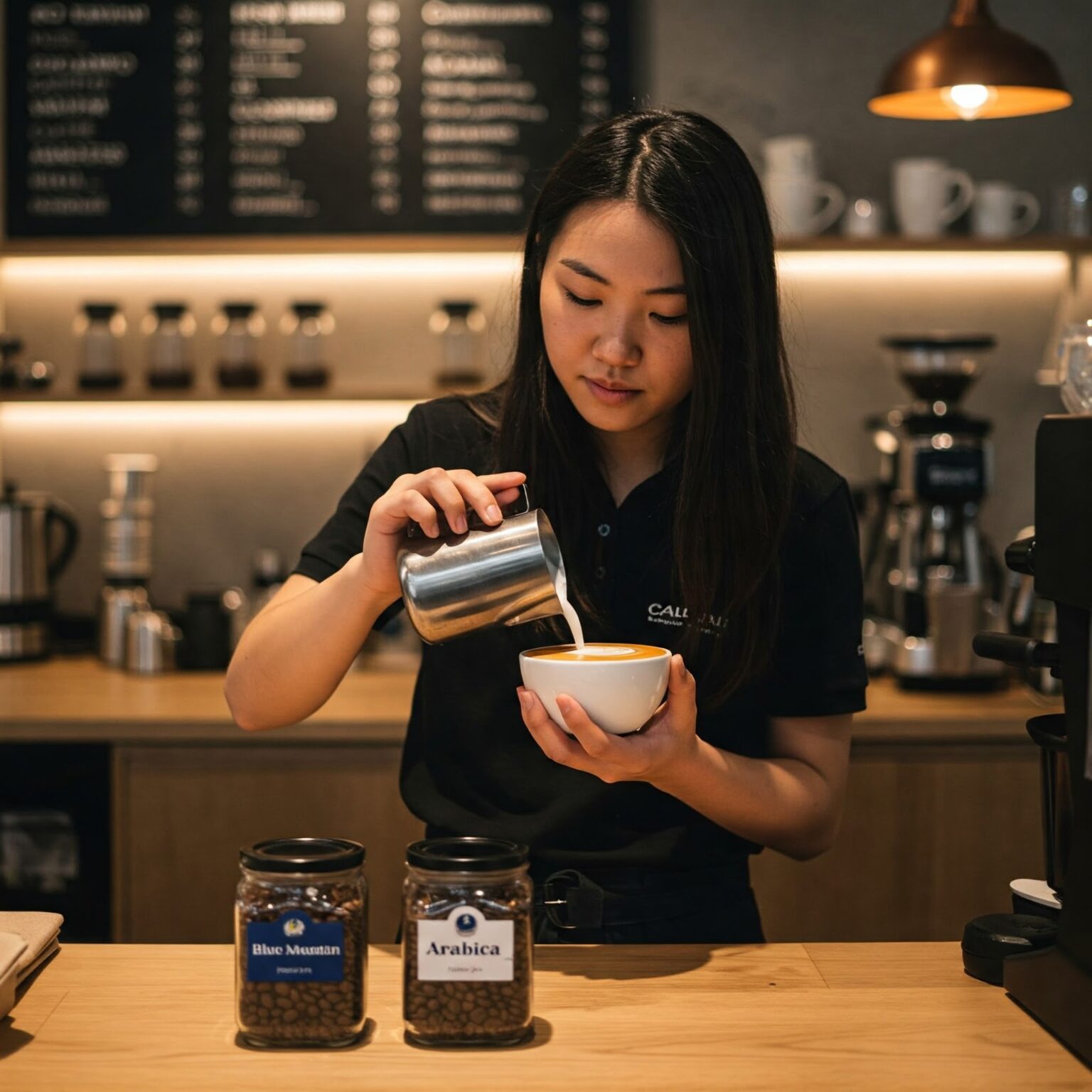Everything You Should Know Before Buying SOE Single Origin Espresso
Everything You Should Know Before Buying SOE Single Origin Espresso
Blog Article
Recognizing Coffee Beans: the Journey From Coffee to Blended Coffee Beans

The Origins of Coffee: An International Viewpoint
While you may think about coffee as a modern-day staple, its origins trace back centuries, linking with cultures across the world. The tale starts in Ethiopia, where tale states a goat herder called Kaldi uncovered the stimulating impacts of coffee beans after seeing his goats frolicking energetically after eating them. This stimulated rate of interest, causing coffee's spread to Arab traders that cherished the brewed beverage. By the 15th century, it got to Persia, Egypt, and Turkey, where coffee shops ended up being social hubs for discussion and culture.
As profession routes increased, coffee made its method to Europe in the 17th century, quickly gaining appeal. Each society included its distinct twist to coffee prep work, improving its background.
Farming and Harvesting of Espresso Beans
As coffee's trip developed, the focus shifted to the growing and harvesting of certain bean varieties, particularly those used for coffee. You'll discover that coffee beans commonly come from Arabica or Robusta plants, each offering distinct tastes. The excellent growing problems include high elevations and rich, well-drained dirt, which enhance the beans' top quality.
During the harvest, choosing methods vary. Timing is important; you want to collect when the cherries reach peak ripeness for optimum taste.
As soon as harvested, the beans are prepared for processing, which is important in determining their final preference. Recognizing the farming and collecting processes offers you understanding right into what goes right into your preferred espresso, enhancing your appreciation for every mug.
Handling Techniques: From Cherry to Bean
Currently that you have actually discovered regarding gathering espresso beans, allow's check out just how those cherries change right into the coffee beans you like. You'll see just how different harvesting techniques impact flavor, followed by the essential steps of fermentation and drying. Finally, we'll break down the milling and grading process that determines your coffee's top quality.
Gathering Techniques Explained
When it concerns coffee, understanding harvesting methods is essential, since they directly impact the flavor and top quality of the beans you delight in. There are two primary methods: selective selecting and strip selecting. Selective selecting includes hand-picking only ripe cherries, guaranteeing you get the most effective high quality beans. This approach frequently leads to a richer flavor account, though it's more labor-intensive. On the other hand, strip choosing methods collecting all cherries at when, no matter ripeness. While it's quicker and more affordable, this can lead to a mix of tastes, impacting the last product. Inevitably, the choice of gathering method can considerably influence your coffee experience, so it's worth recognizing exactly how those beans made it to your mug.
Fermentation and Drying Out
After harvesting, the next actions in handling coffee beans play a substantial duty in shaping their flavor. You'll find that fermentation is crucial, as it assists damage down the mucilage bordering the beans, improving their preference profile. Depending on the approach, this procedure can last from a couple of hours to a number of days, with differing outcomes based on temperature and moisture.
Sun-drying permits the beans to take in flavors from the atmosphere, while mechanical drying out warranties constant dampness degrees regardless of climate. Appropriate drying out is necessary to prevent mold and mildew and preserve the beans' top quality, ultimately influencing your cup of coffee.
Milling and Grading Refine
As fermentation and drying established the phase for taste advancement, the milling and grading procedure assurances that only the ideal coffee beans make it to your mug. This stage includes eliminating the external layers of the coffee cherry, consisting of the parchment and husk. Premium beans obtain a greater grade, resulting in a richer coffee experience.
Roasting Strategies: Unlocking Taste Possible
When you roast coffee beans, the technique you pick can significantly influence the taste profile. Recognizing the partnership between time, temperature, and roasting techniques is essential to exposing the potential of your brew. Let's discover how these elements integrated to develop the best mug.
Roasting Techniques Clarified
While you could think that all coffee roasting methods produce the very same results, the truth is that each strategy discloses special taste possibilities in the beans. You can select between approaches like drum toasting, air roasting, or perhaps traditional frying pan roasting. Drum roasting utilizes a rotating drum to evenly disperse warmth, improving caramelization and generating a balanced taste. Air roasting, on the other hand, flows hot air around the beans, promoting a lighter roast with obvious level of acidity. Frying pan roasting permits hands-on control yet calls for consistent focus to prevent burning. Each approach has its nuances, so try out different methods can aid you find the best roast that aligns with your preference choices. Delight in the trip of locating your optimal mug!

Effect on Flavor Profile
Different toasting techniques not only affect the process but likewise greatly affect the flavor account of the coffee beans. When you select a light roast, you'll experience intense level of acidity and floral notes, showcasing the bean's beginning. In comparison, a tool roast balances acidity with sweet taste, usually exposing chocolatey touches. Dark roasts, on the various other hand, bring out bold, great smoky flavors, sometimes concealing the bean's special attributes. Each technique exposes different oils and compounds, resulting in a variety of flavors. By explore numerous toasting styles, you can discover which profiles reverberate with your taste buds. Comprehending these subtleties helps you appreciate the creativity behind your mug of coffee, boosting your general experience with every sip.
Time and Temperature Aspects
To launch the complete taste capacity of coffee beans, both time and temperature level during the roasting procedure play substantial functions. When toasting, you'll find that higher temperature levels can swiftly establish flavors, yet if you hurry it, you may end up with burnt notes. Alternatively, reduced temperature levels permit a much more progressive taste growth, showcasing the beans' distinct attributes.

Timing is simply as crucial; prolonging the roast also long can lead to a loss of level of acidity and brightness, while too brief a roast could leave the beans underdeveloped. Discovering that wonderful area requires method and testing. By adjusting these aspects, you can reveal the rich, intricate flavors hidden within each bean, creating a truly impressive coffee experience.
The Art of Mixing: Crafting One-of-a-kind Coffee Profiles
Begin by picking a base coffee that offers a strong structure. An intense Ethiopian bean can bring fruitiness, while an abundant Brazilian coffee adds body.
As you blend, bear in mind that each combination narrates. You're not simply making coffee; you're developing an experience. Take your time, preference regularly, and appreciate the trip of discovering your trademark mix - Single Origin Espresso.
Developing Techniques: Exactly How Preparation Impacts Taste
Blending coffee opens up a domain of taste possibilities, but exactly how you make that blend can significantly affect your final cup. On the various other hand, a pour-over highlights the coffee's clearness and brightness, perfect for showcasing delicate notes.
Espresso, with its high stress, generates a concentrated shot that emphasizes sweet taste and crema. If you prefer a lighter mixture, think about a chilly mixture technique; it yields a smooth, much less acidic preference.
Eventually, testing is crucial. Adjusting variables like water temperature, grind size, and make time can change your coffee's profile. Embrace the art of developing to discover the flavors hidden in your coffee blends. The right technique can elevate your experience to brand-new elevations.
The Future of Coffee: Sustainability and Development
As the coffee market progresses, sustainability and technology are coming to be essential for dealing with environmental obstacles and conference consumer needs. You'll notice that more coffee firms are taking on eco-friendly practices, from sourcing beans ethically to executing sustainable farming techniques. These shifts not just help the earth yet also boost the top quality of the coffee you enjoy.
You may see technologies like eco-friendly packaging and water-saving brewing methods that reduce waste. Advanced modern technology, such as blockchain, is likewise ending up being preferred, making sure transparency in the supply chain, which permits you to map your coffee back to its origins.
Furthermore, buying neighborhood areas and supporting farmers through reasonable profession efforts promotes a more lasting coffee environment. As you drink your next mug, bear in mind that your selections can add to a brighter future for coffee. By going with sustainable brands, you're not just delighting in a drink; you're making a favorable SOE influence on the globe.
Often Asked Questions
What Is the Difference In Between Arabica and Robusta Beans?
Arabica beans are smoother, sweeter, and have a greater level of acidity, while robusta beans are more powerful, extra bitter, and contain even more caffeine. When brewing your coffee., you'll observe these differences in taste and fragrance.
Exactly How Does Altitude Affect Coffee Bean Taste?
Elevation influences coffee bean taste significantly. Higher elevations produce beans with brighter level of acidity and complex tastes, while reduced elevations usually yield beans that are larger and less nuanced. You'll observe these distinctions in your mug!
What Are the Health Perks of Drinking Coffee?
Drinking coffee can enhance your energy, boost mental focus, and even improve physical performance. It's rich in antioxidants, may reduce the threat of particular conditions, and can promote a healthier metabolism when eaten in small amounts.
Can Coffee Beans Be Recycled for Brewing?
Yes, you can recycle coffee beans for developing, yet the flavor may be weaker. If you appreciate exploring, attempt recycling them in different methods, like chilly brews or contributing to smoothies for an extra kick.
Exactly how Should I Store Coffee Beans for Quality?
To maintain your coffee beans fresh, store them in an impermeable container in a great, dark area. Stay clear of subjecting them to warm, moisture, or light, as these factors can swiftly weaken their flavor and scent.
Recognizing Coffee Beans: the Trip From Espresso to Blended Coffee Beans.
Now that you've learned about collecting coffee beans, let's check out just how those cherries change right into the coffee beans you like.When you roast coffee beans, the approach you choose can considerably affect the flavor profile - Single Origin Espresso.While you might believe that all coffee roasting approaches yield the very same results, the fact is that each strategy reveals distinct flavor potentials in the beans.Different roasting methods not just influence the procedure yet additionally significantly affect the taste account of the coffee beans
Report this page